“I lived surrounded by people, but I did not see humans. They called me crazy, but they didn’t put me out. I asked to leave, to find people who thought like me. People who could finally hear me.»
This speech is first of all Zumra Nuru Mohammad, head of a small village lost in Ethiopia, named Awra-Amba. But finally, is this speech not that of thousands of travellers around the world? Travelers seeking to express their desires for sharing, discovery, simplicity? Humans, looking for the perfect journey, which mixes in their memories of sumptuous landscapes, stories of another time and emotional encounters.
To accompany your reading and rhythm your story, the writing advises you to listen to this piece:
Sometimes, often, forgotten by great travellers, Africa still holds such great treasures. Those who change a life. Ethiopia, the second largest country in the African continent by its population – 108,386,391 inhabitants – is one of them. Between archaeological sites, preserved national parks and forgotten populations, this country considered the cradle of humanity offers this little more than others do not: a world apart.
The Legend of Lalibela: The World of yesterday
How not to start this journey by the great Lalibela, and the almost mythological legend – even divine – that surrounds it? Since 2009, and the beginning of archaeological excavations, it is finally possible to discover, visit or pilgrim on this site of an impressive majestic.
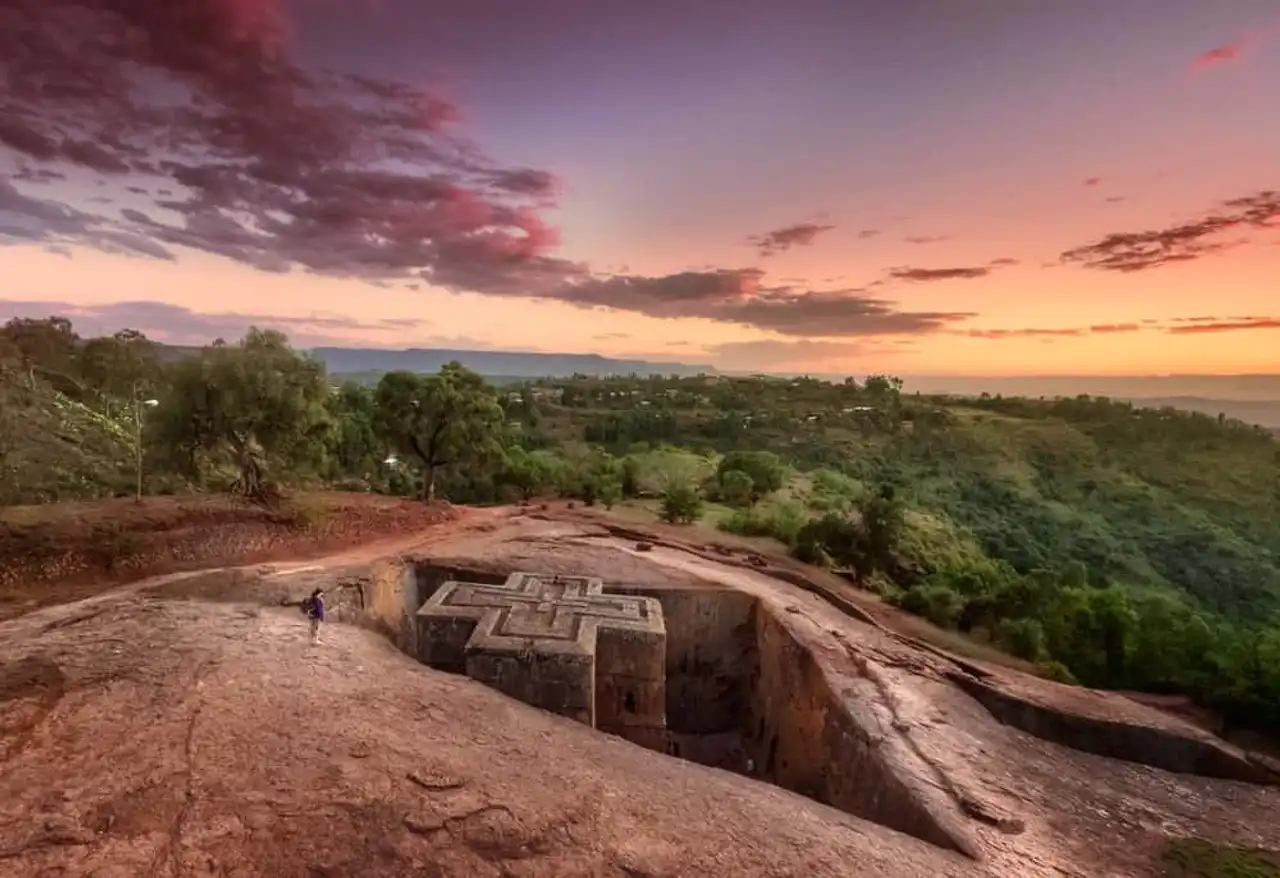
Photo credit: Shutterstock – Michail_Vorobyev
But before that, this story was only a legend told by the Ethiopian people.
We are in the 13th century when the king of the Zagwé Empire, named Lalibela, receives the divine order to build 10 churches. If it is not only to build them, it is because these churches must be dug to the ground, of one and the same rock. To do so, he received the help of the angels – especially the angel Gabriel – who came to beg the workers during the day, and continued their work once the night fell.
These buildings, of an unrivalled power, have a very precise purpose: to enable the African people to make their pilgrimage in all serenity. Indeed at the time, the road to Jerusalem became too dangerous, because of the expansion of Islamic religion.
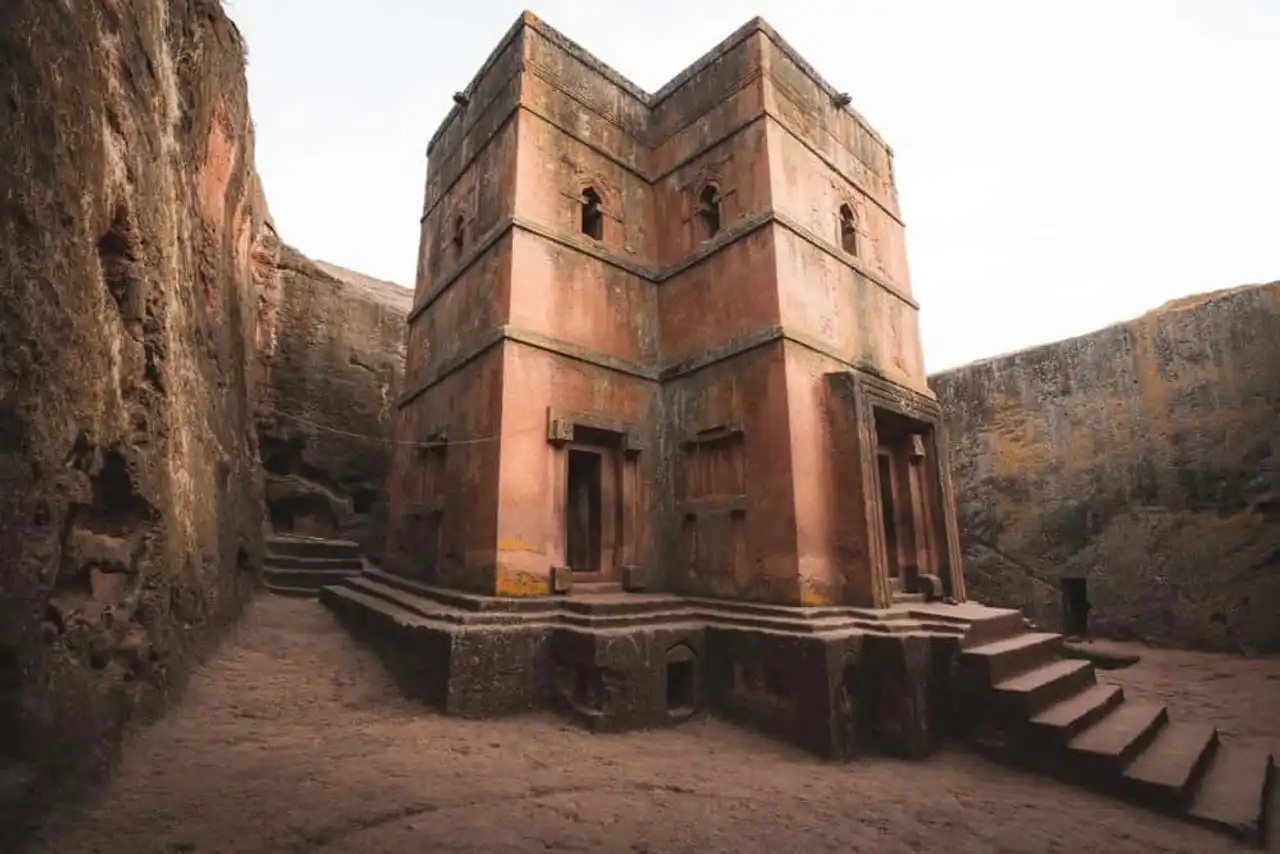
Photo credit: Shutterstock – Vegetation7
Today, Lalibela is the largest Christian site in Africa, and thousands of Ethiopians perpetuate their religious traditions.
By passing from one church to another by the undergrounds dug at the same time, you will be submerged, as taken from the court, by the force that emanates from this place loaded with stories. Powerful, historical, and a real serenity... We can't resist the beauty of Lalibela.
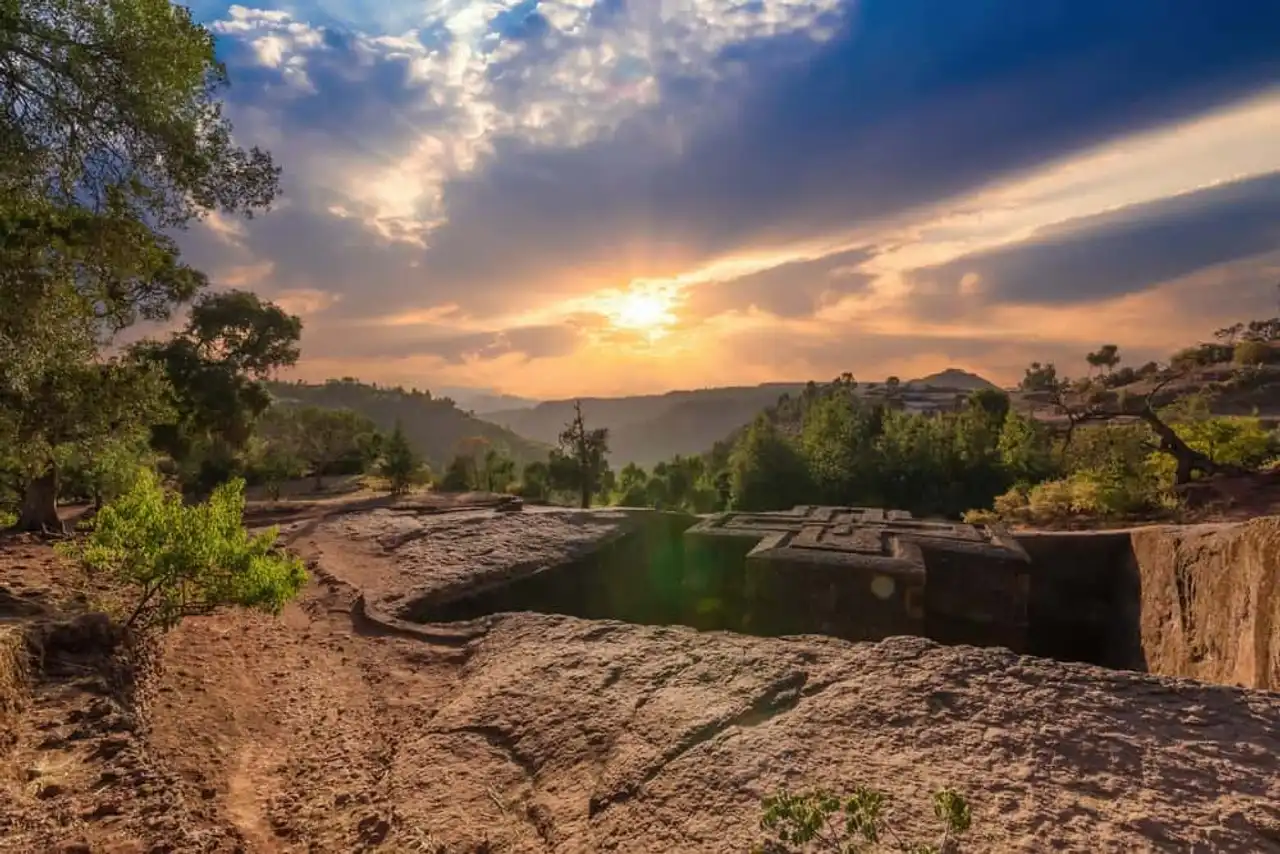
Photo credit: Shutterstock – Chr. Offenberg
Simien National Park : Le Monde preserved
After this historic passage in Lalibela, it is in a magical place, cut off from the rest of the world that we take you. Here you are at Simien National Park, where wild beauty is still preserved.
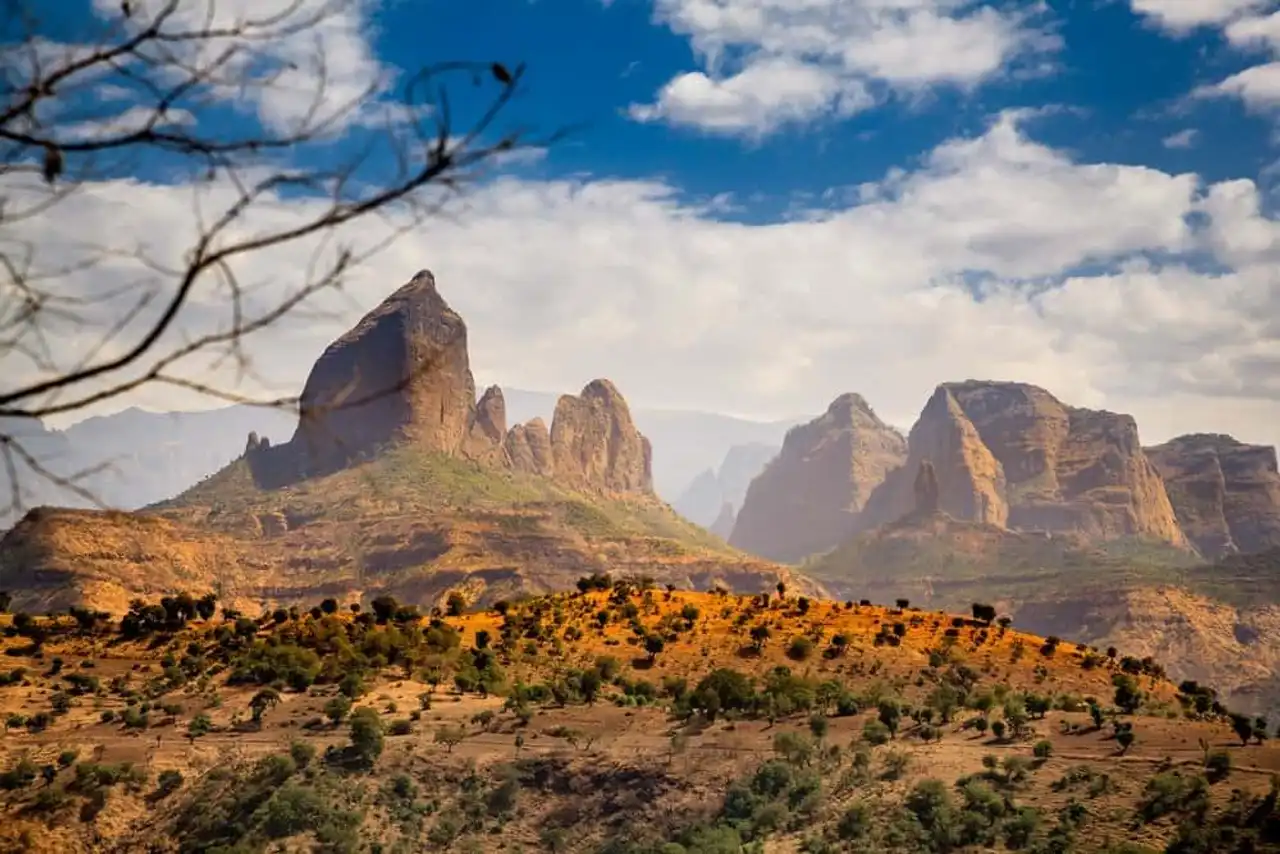
Photo credit: Shutterstock – Radek Borovka
Mother Earth of biodiversity, this park with steep landscapes deserves a journey alone. Here we are nothing, nothing but passengers of a nature reminding us that it does not belong to us. That one feels small in front of these valleys and precipices of more than 1,500 meters deep, that one feels alone in the midst of these lands occupied by the monkeys.
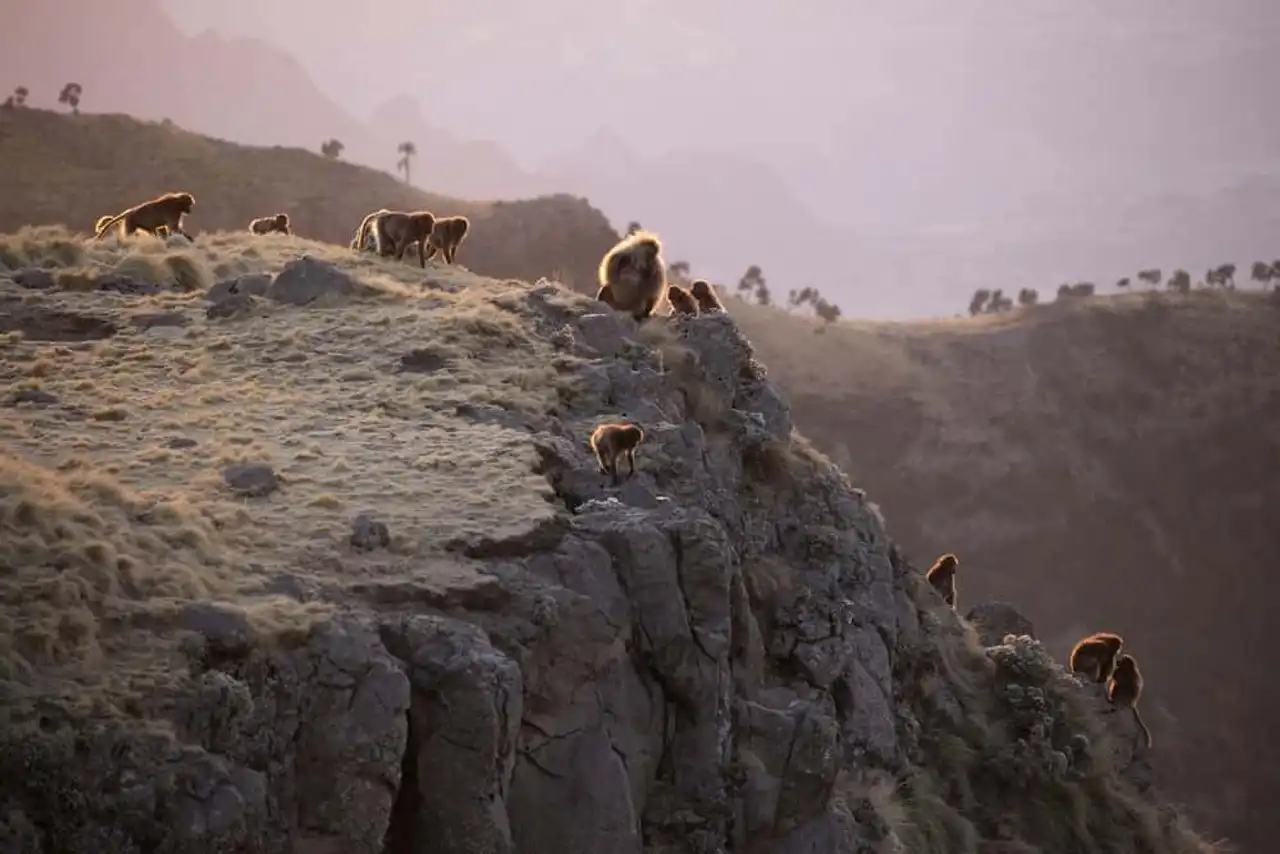
Photo credit: Shutterstock – Nickolas warner
Yet nestled at 3,000 meters above sea level, this park is the most beautiful place in the world to regain its breath. Abasourdi in front of this demential flora, it is at this moment that the charm of fauna operates. This famous charm of Simien, deliberately preserved.
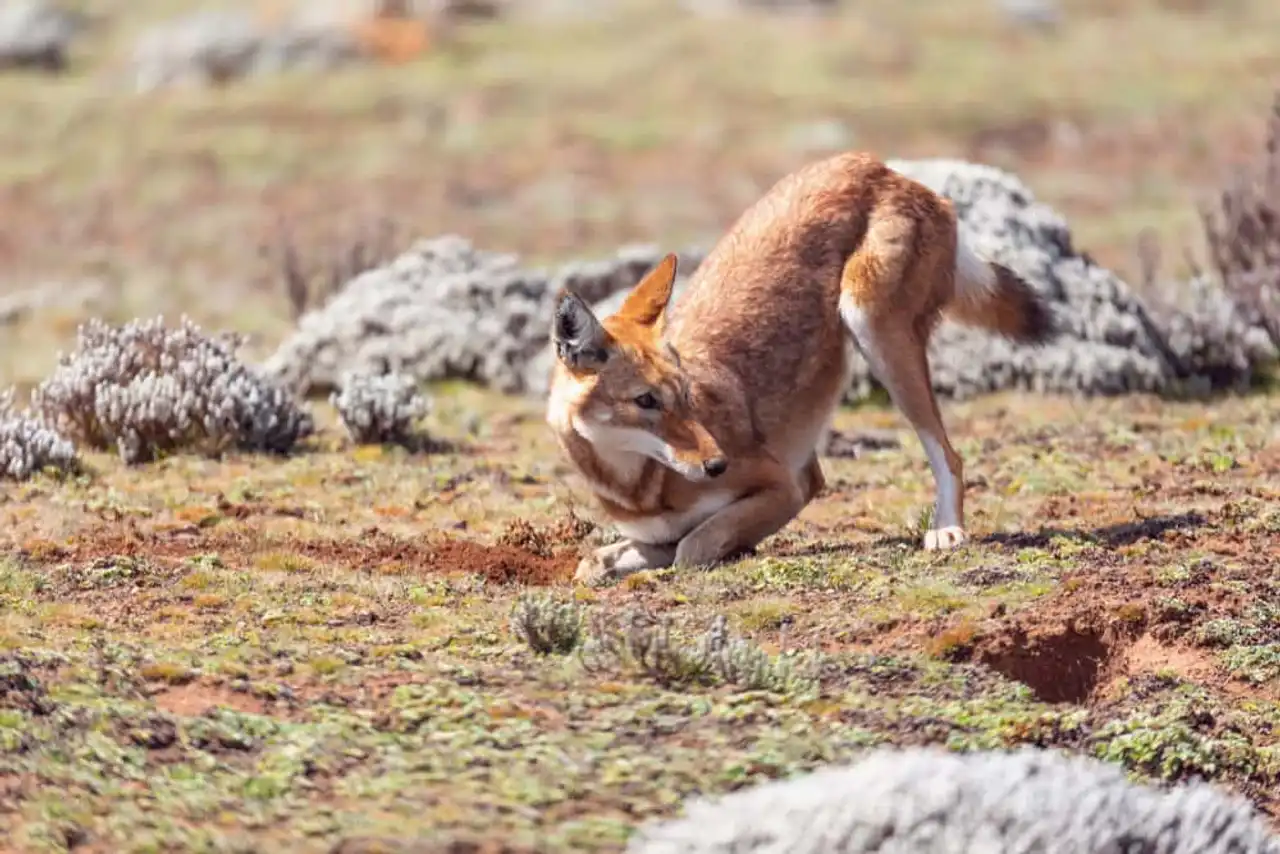
Photo credit: Shutterstock – Artush
Classified as a UNESCO World Heritage Site since 1996, it is a unique world, or preserved species, such as the Ethiopian Wolf, the Gelada Babouin and the Abyssinie Bouqetin.
Three species that Ethiopia strives to preserve for the rest of the world, and which are not present anywhere else...
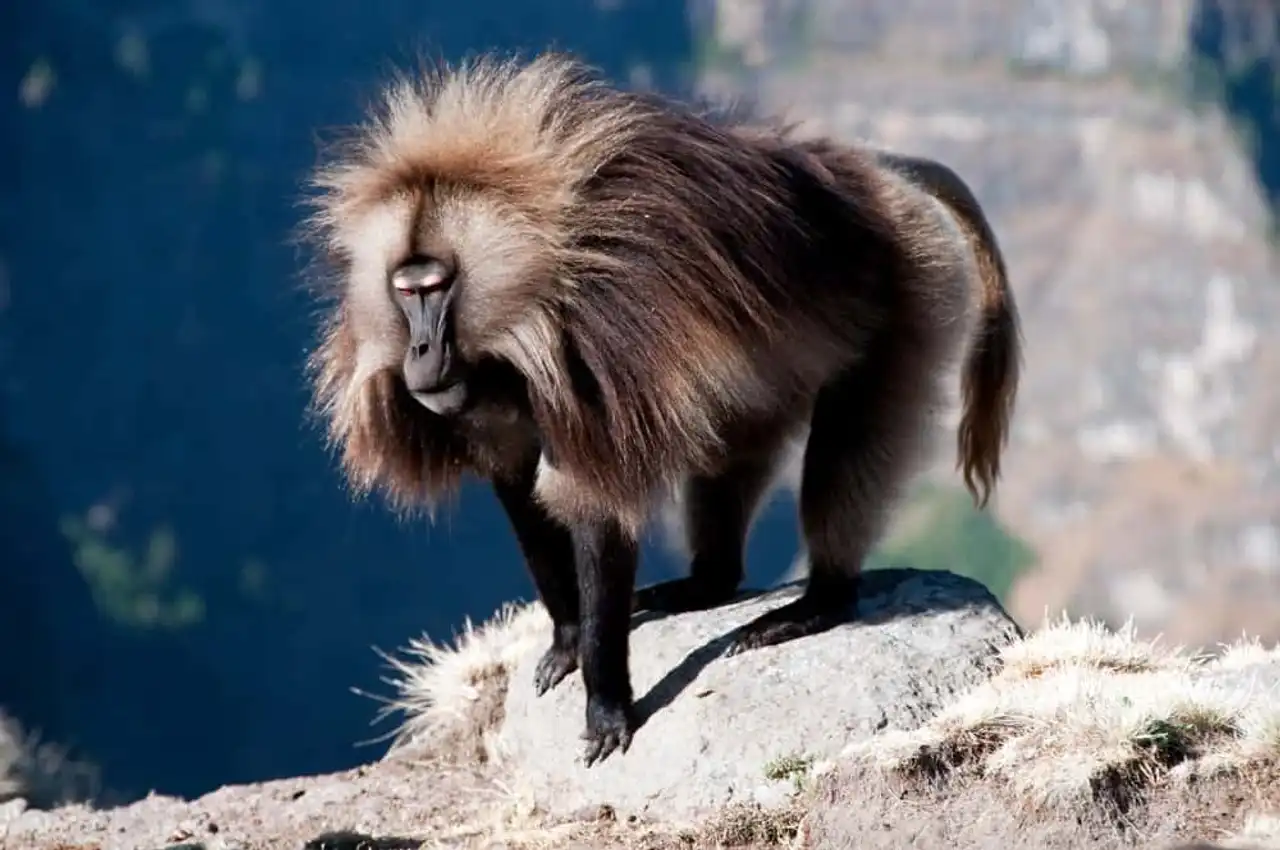
Photo credit: Shutterstock – Matej Hudovernik
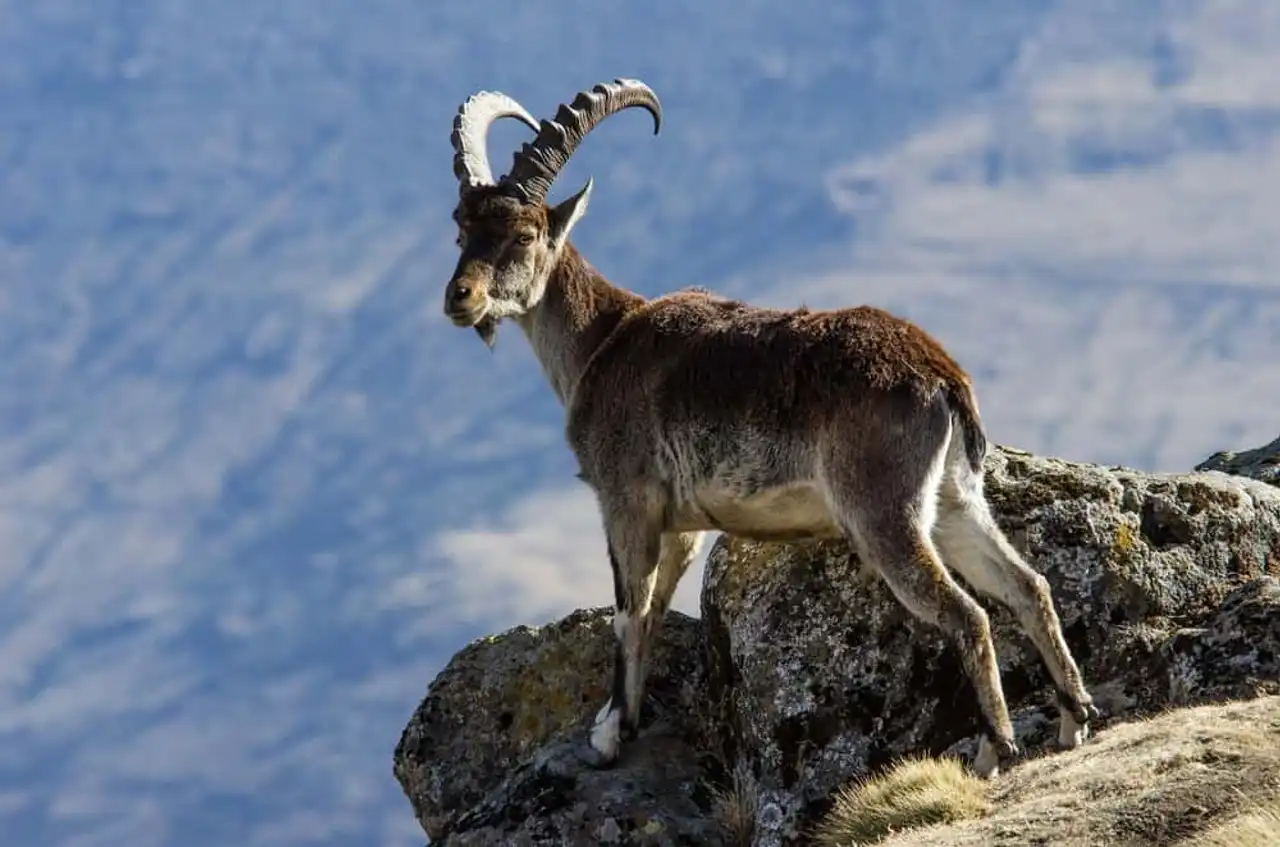
Photo credit: Shutterstock – Tomas Kotouc
From hiking to trek with bivouac, the meeting with the park is done in your own way, at your own pace. In the end, the promise remains equal: that of a wild memory, a powerful experience.
Omo Valley: the origin of the World
If it is difficult for you to wake up from the dream offered by Simien, then gently continue your journey until you wake up in the Omo Valley, the cradle of humanity.
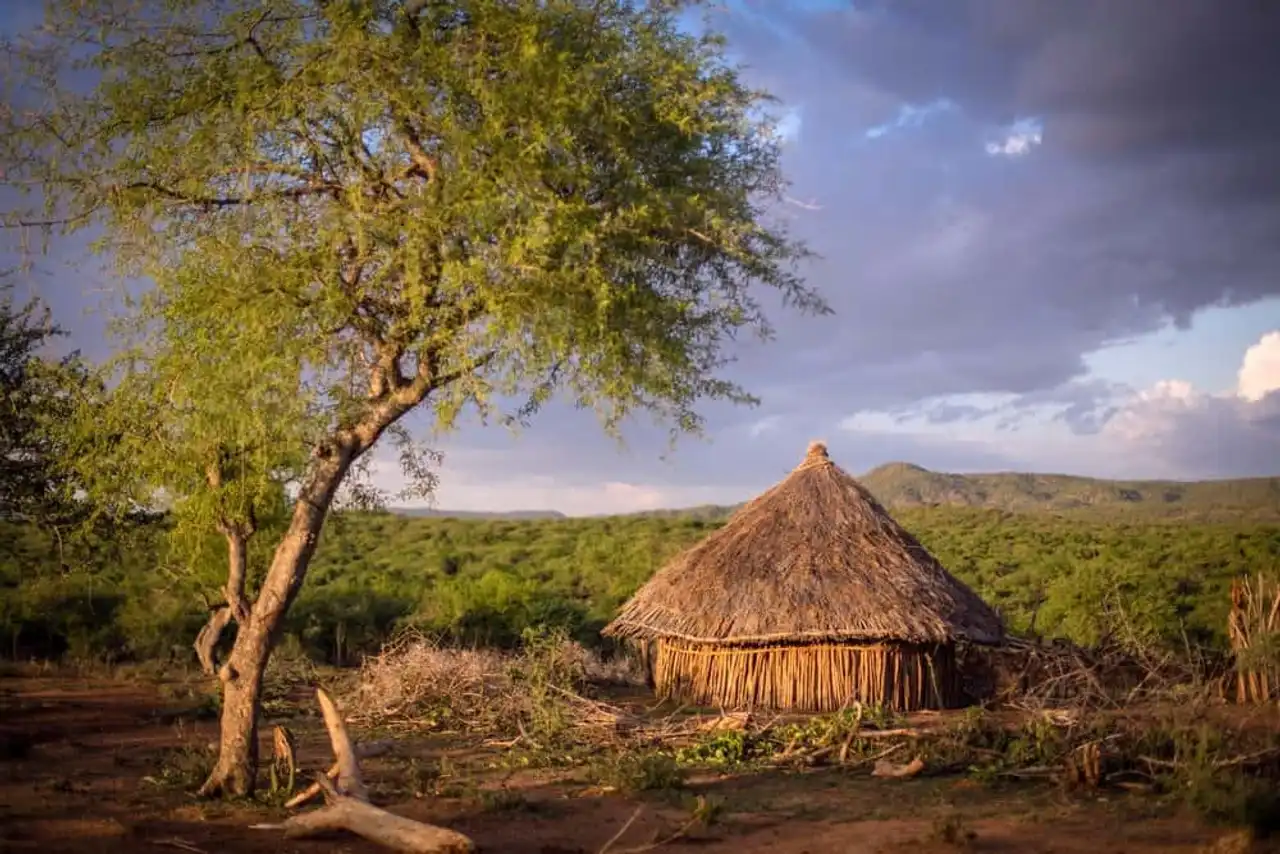
Photo credit: Shutterstock – Einat Klein Photography
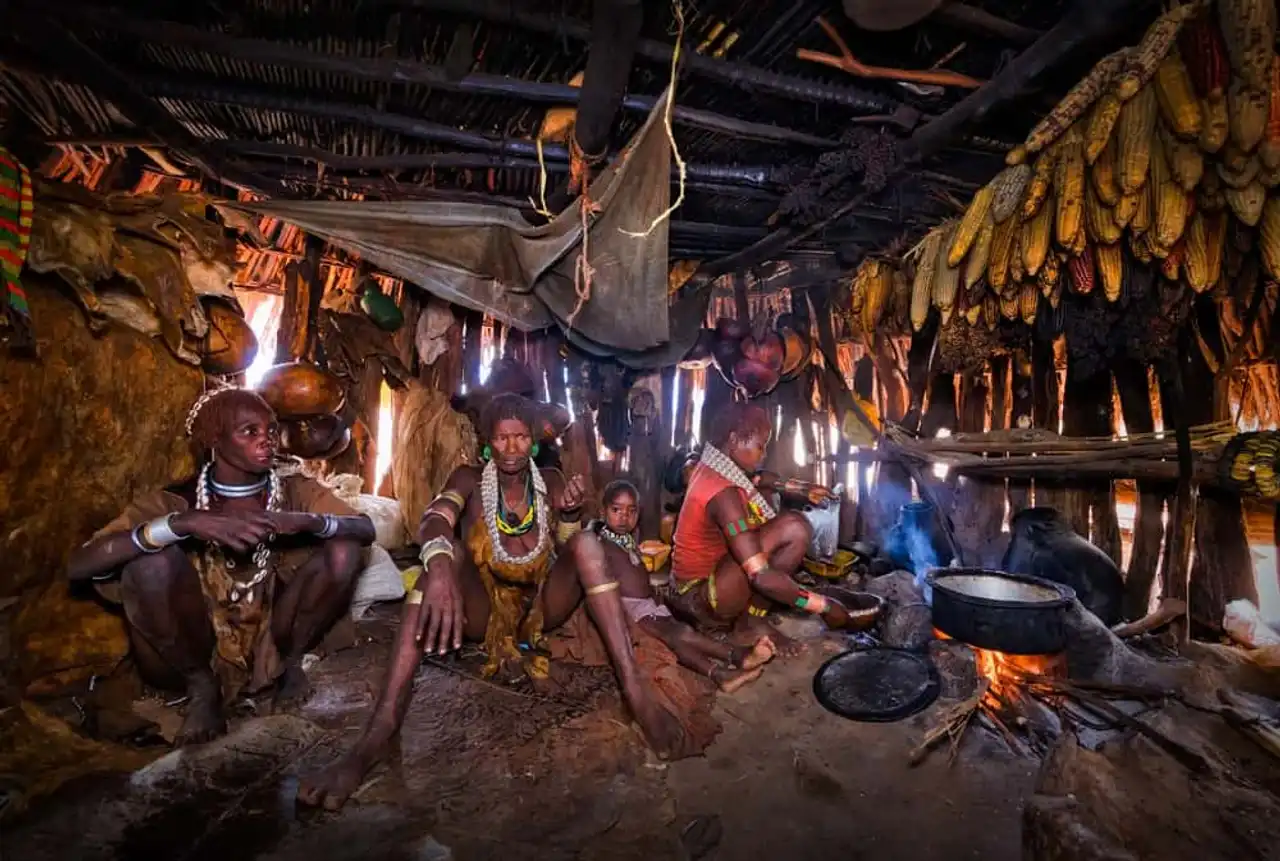
Photo credit: Shutterstock – Yury Birukov
The Omo Valley is one of the other wonders that Ethiopia offers us. Long of almost 800 kilometers, she reveals in her turn unheard of landscapes. Here, however, your journey takes a much different aspect, a more moving form. In this valley that is surnamed the cradle of humanity, you have come back here or all started: the origin of the World.
Is it only since the discovery of Lucy that this valley is nicknamed so? Or is this name above all the reflection of the soul that emerges from this majestic place?
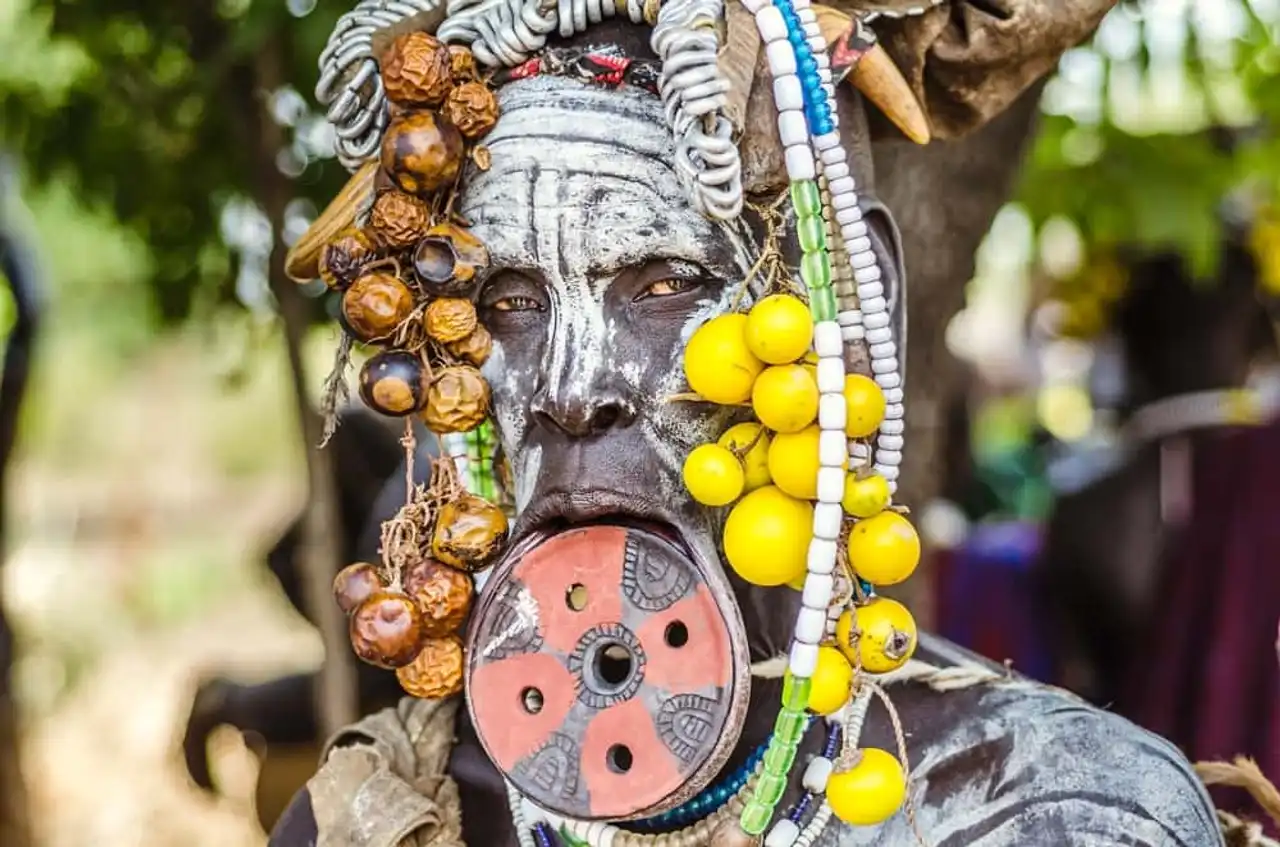
Photo credit: Shutterstock – Luisa Puccini
Here, almost 200,000 Ethiopians from 80 different ethnic groups live together. The world as we know it seems to have never had any influence on them. Mursis, Karos, Hamers, Turkanas and many others live according to their own customs, according to their ancestral practices.
The contrast is striking between the natural beauty of the landscapes juncing this valley, and the splendour worked on works of art decorated by the people of these tribes.
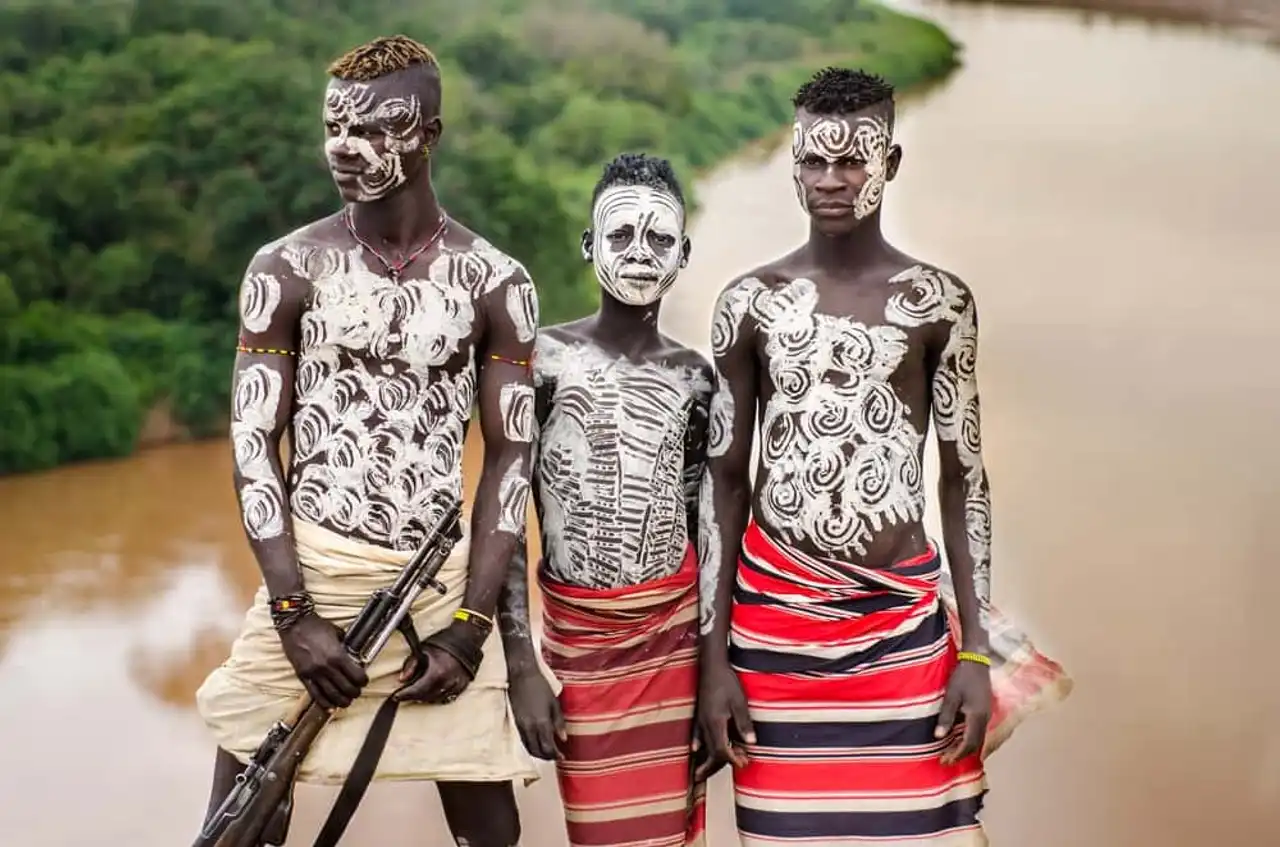
Photo credit: Shutterstock – Luisa Puccini
Colours everywhere! Painting dispersed with grace on human bodies, labial and atrial ornaments proudly exposed by women, everything here can and must be used as a sign of recognition.
But beyond this physical shock, it is a cultural demonstration that awaits you. In this Omo valley, everything seems closely linked to the state of nature. The search for pastures, water points, the spiritual elevation of cattle, the agriculture dependent solely on the decrue of the Omo River...
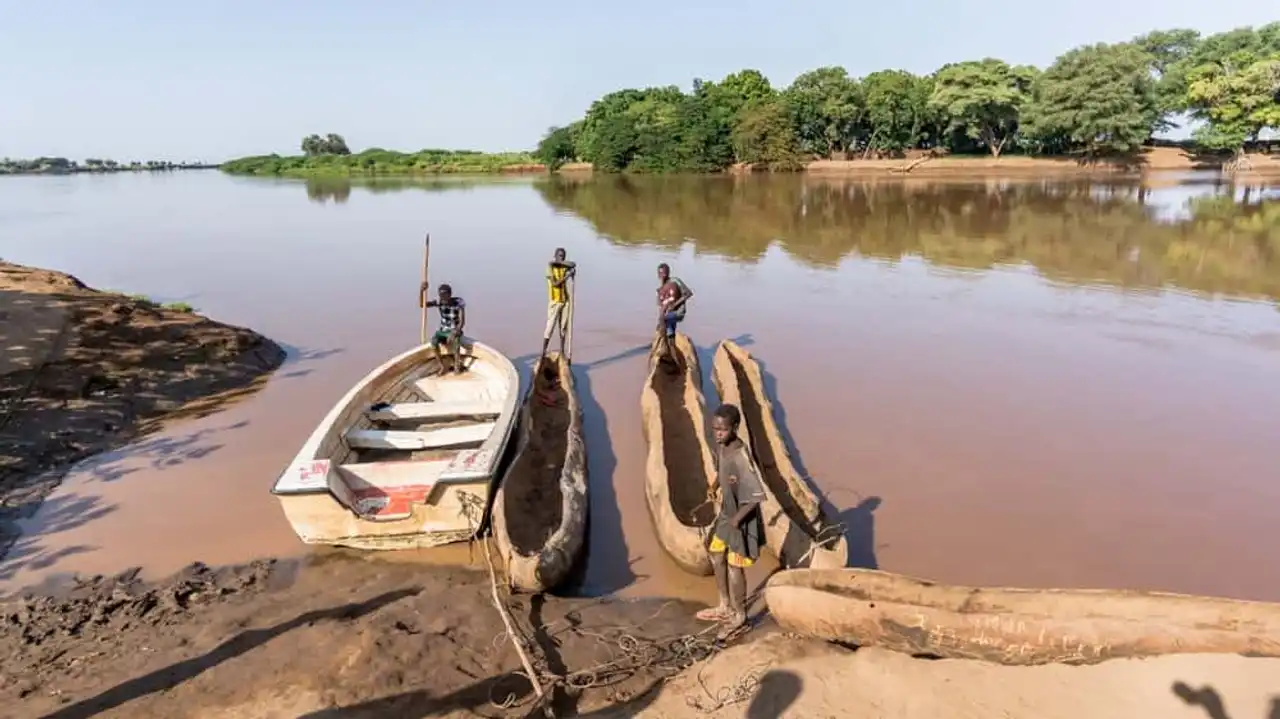
Photo credit: Shutterstock – canyalcin
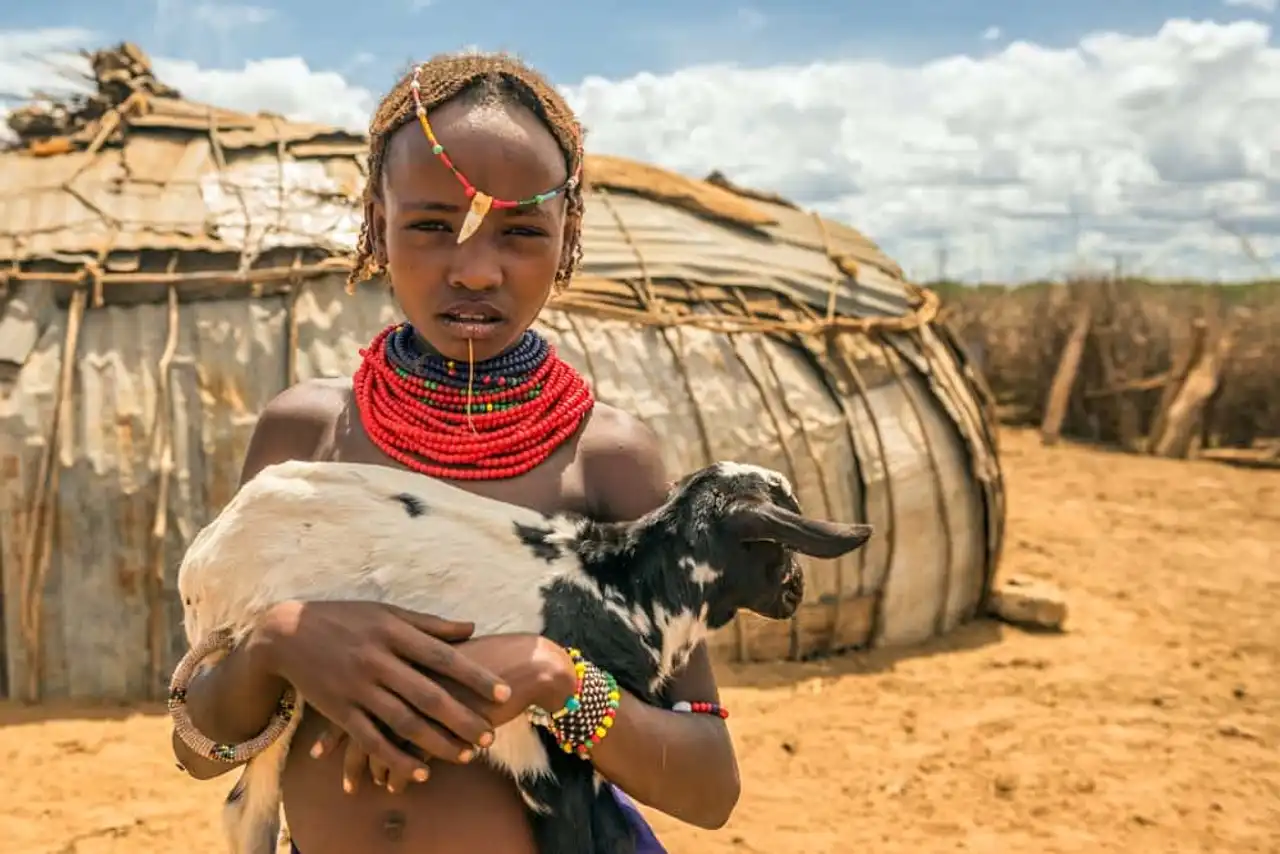
Photo credit: Shutterstock – Nick Fox
According to Marcel Proust, " The real discovery trip is not to look for new landscapes, but to see with new eyes » . And sometimes when you travel, it is above all to learn more about yourself.
If this is your case, then don’t hesitate any longer, and go crowd the land of our ancestors. For it is a real lesson that we receive here, in this valley of the Omo, a lesson of humanity.
Awra Amba: The magical world
“I lived surrounded by people, but I did not see humans. They called me crazy, but they didn’t put me out. I asked to leave, to find people who thought like me. People who could finally hear me.”
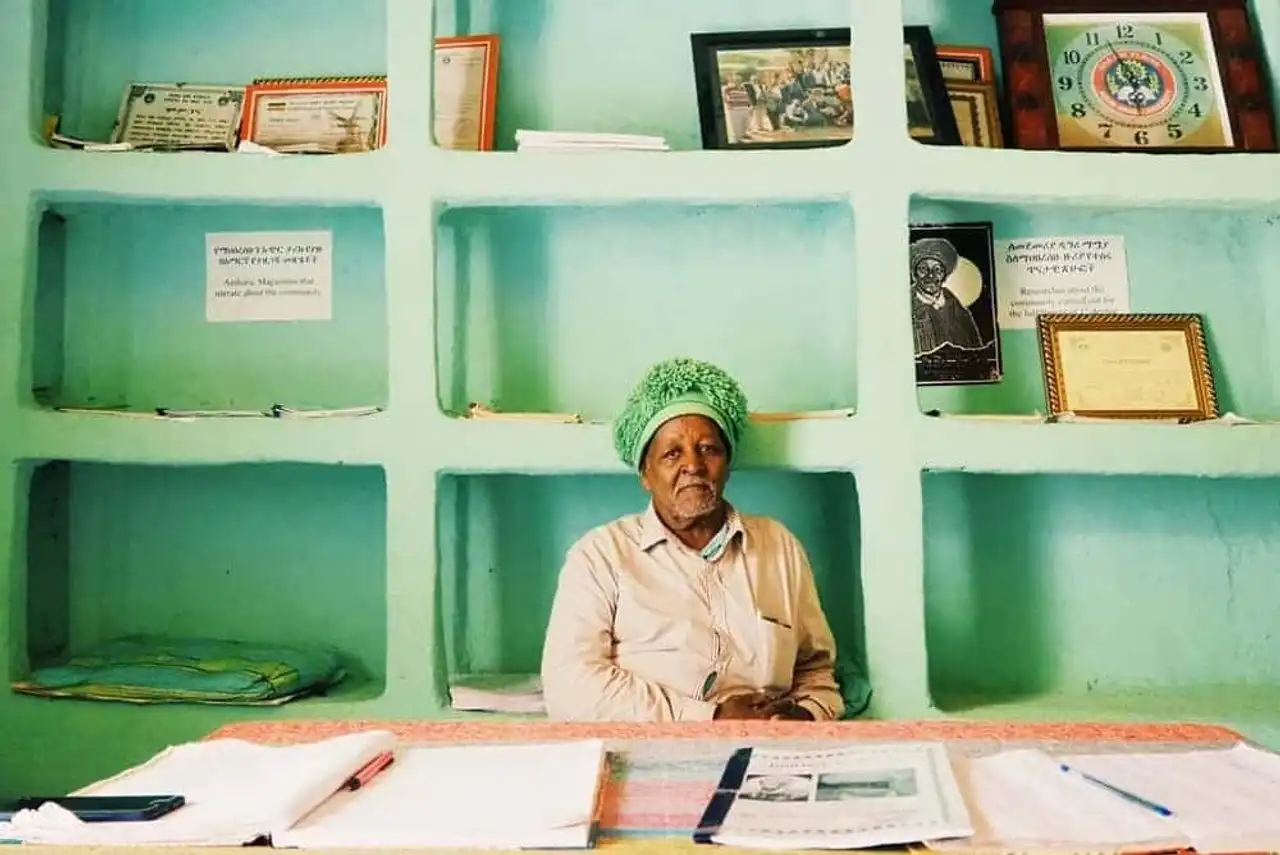
Photo credit: Instagram – es_mec
We're back from our story. Instead, we've come to the highest point of this one. Awra Amba – Ethiopia. The story of yesterday, that of tomorrow. The true world, pure. The one in which nothing is the same, the world with magical stories.
The story, first of all, of a little boy named Zumra Nuru Mohammad. A child born in Bahir Dar in 1947, in an Ethiopian period of industrialization, and who had only the choice to abandon the school, to work in the fields. The story of a child, illegitimate, but curious about everything others were not.
Why do men only think of their own needs? For what reasons are children beaten, raped women and old men on the street? Why thefts, why the murders?
Leaved by all these questions to which people were not careful, and tired by the eyes of others on him, it is at 13 years that he asks to leave the family home.
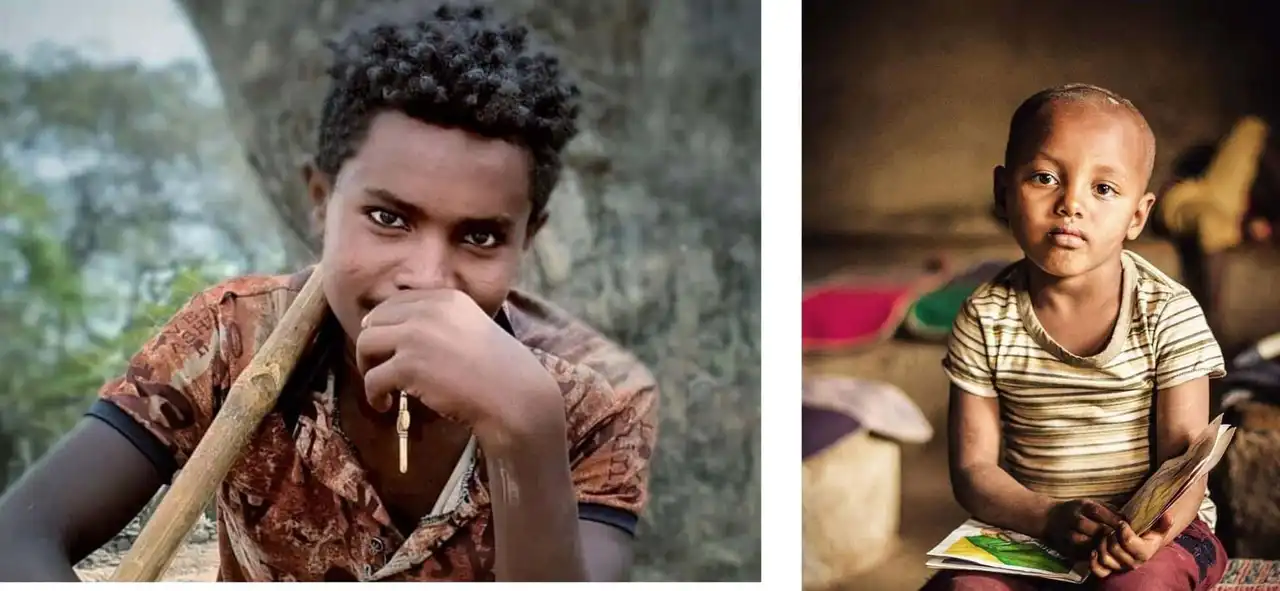
Photo credit: Instagram – unstoppable_caption
– crossbowphotography
“They called me crazy, but they didn’t put me out. I asked to leave. »
After wandering two years in the forest looking for answers that do not come to him, he returns to his village. So, 15, he managed to convince a part of his village to follow him. With passionate speeches and convictions, it is together that they will then create a new world. A world in which equity, respect and sharing would be the master words, a utopian world.
From this utopia, Zumra makes it a reality. Long threatened and even chasssed, this community of about 500 people now lives in peace with the government, and settled in the small village of Awra Amba, perched at 1,900 metres above sea level.
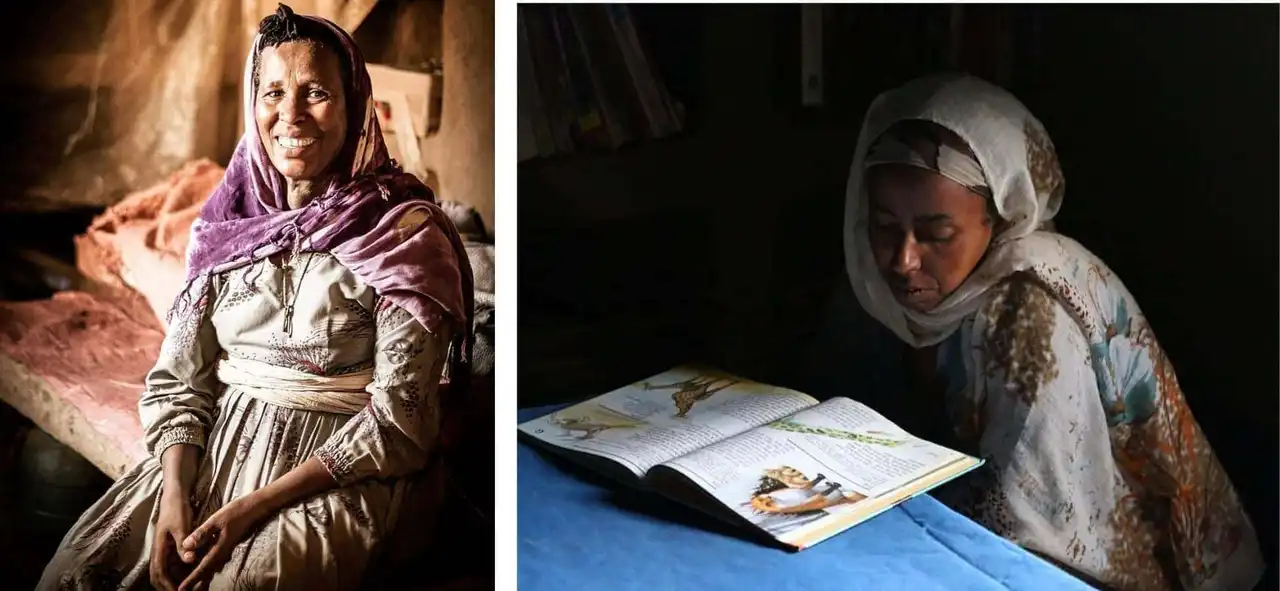
Photo credit: Instagram – crossbowphotography – sylviadisveld
There, women and men are equal, regardless of their age. All children go to school, read and write, where the rest of the country is 2/3 illiterate.
Each week, the needs of the village are identified, and the tasks are divided according to the qualities of each, by rotation. Income is equal and distributed to all the inhabitants, including children and old men.
"Think of the common good, and thus remain united." "Comproving personal goals to meet those of the community. For it is when one makes others happy, that one is in peace with oneself.”
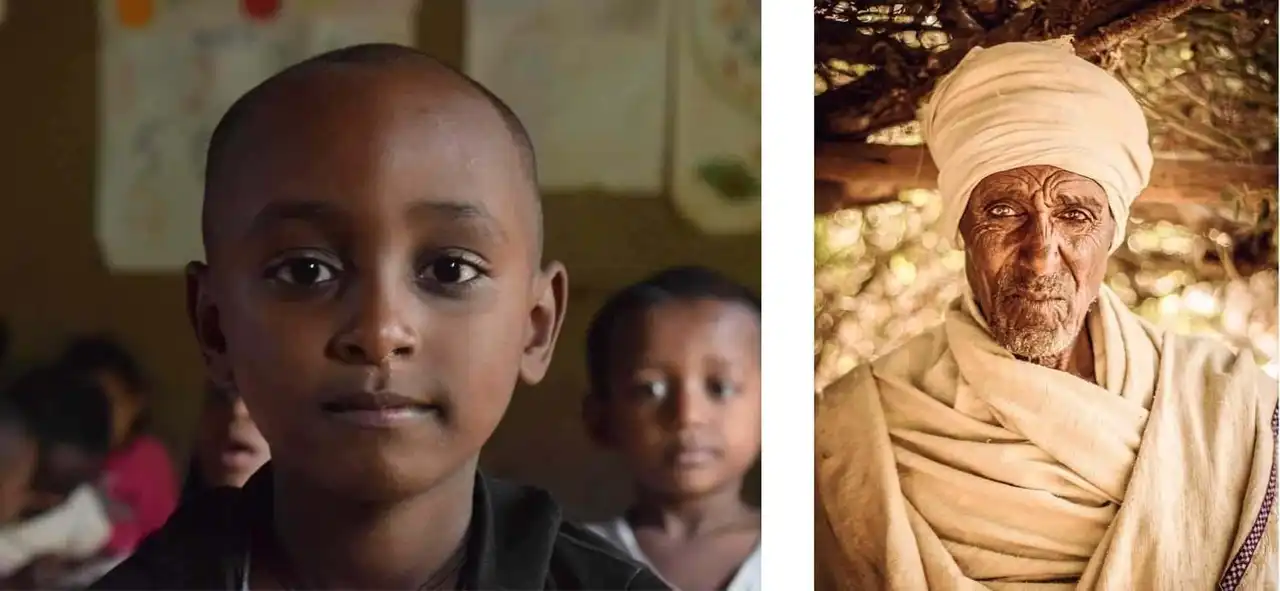
Photo credit: Instragam – janispaulsen – crossbowphotography
This message, Zumra Nuru is making an effort to transmit it to the people of his population. A message of peace, sharing and understanding for his neighbour. For even if he knows how ephemeral, he hopes that his message will be eternal.
Every year, a few aegis travelers visit the lands of Awra Amba and discover this village of another world. We wanted to convey a part of this trip with this video of the "Artisans of Tomorrow", which went to meet Zumra Nuru during their visit to Ethiopia.
Addis Ababa: The Western World
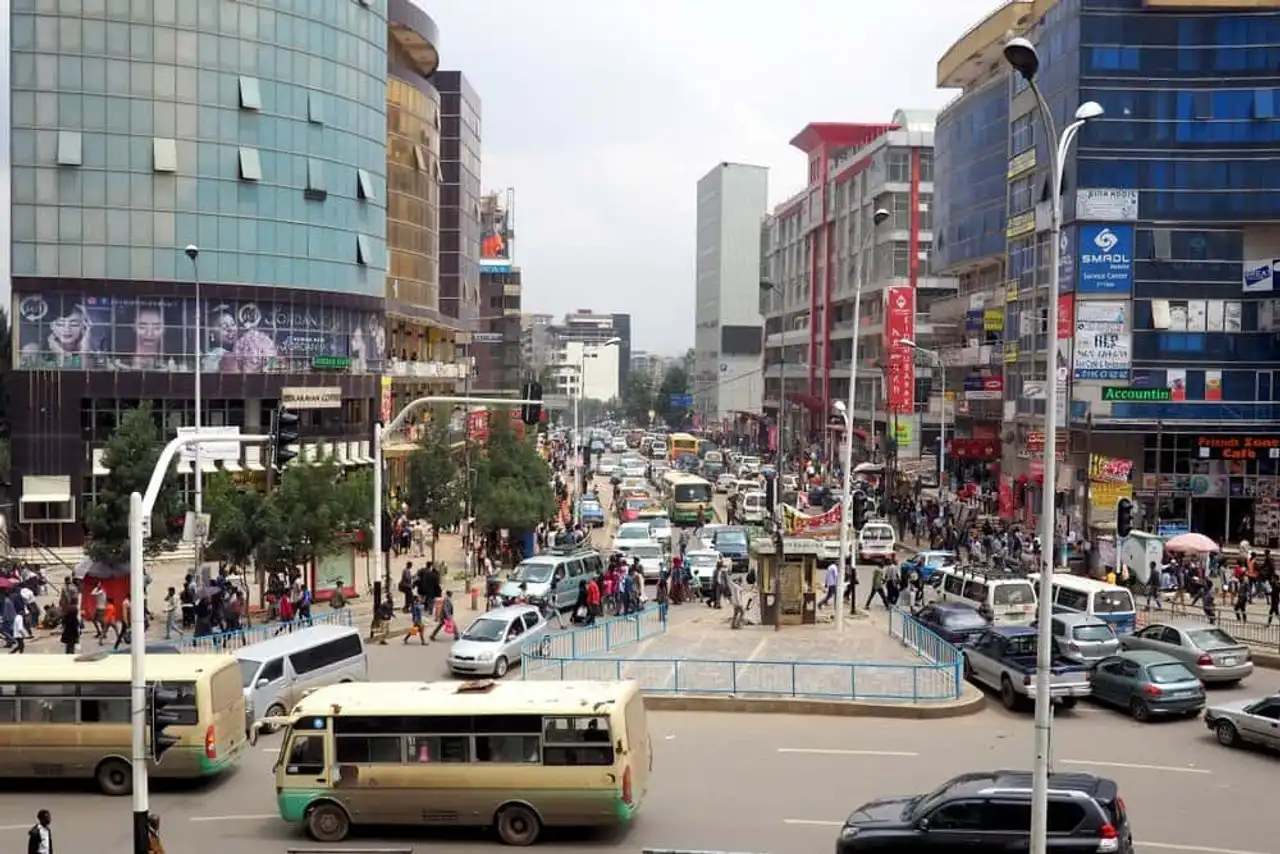
Photo credit: Shutterstock – fivepointsix
It is in Addis Ababa, the capital of Ethiopia, that ends our journey. After discovering a new world, a sweet mix of history and landscapes that we had no suspicions, it is on a last legend that we slowly take back the path of the Western world.
We are in the middle of the 19th century when Sahle Selassie, a noble Ethiopian declares, while he plays a part of failure: “This country is covered with brush and vegetation, but one day will come when my grandson builds here a house and melts a city.” An intuition, almost a prophecy.
For it was in 1886 that Sahle Maryam, better known as Menelik II, the Emperor of Ethiopia, had the legend born. While his wife Taytu admires the landscape, she falls under the charm of a flower she has never seen before. Lived in the arid climate that hits her country, it is enchanted by the sweetness that delights these lands.
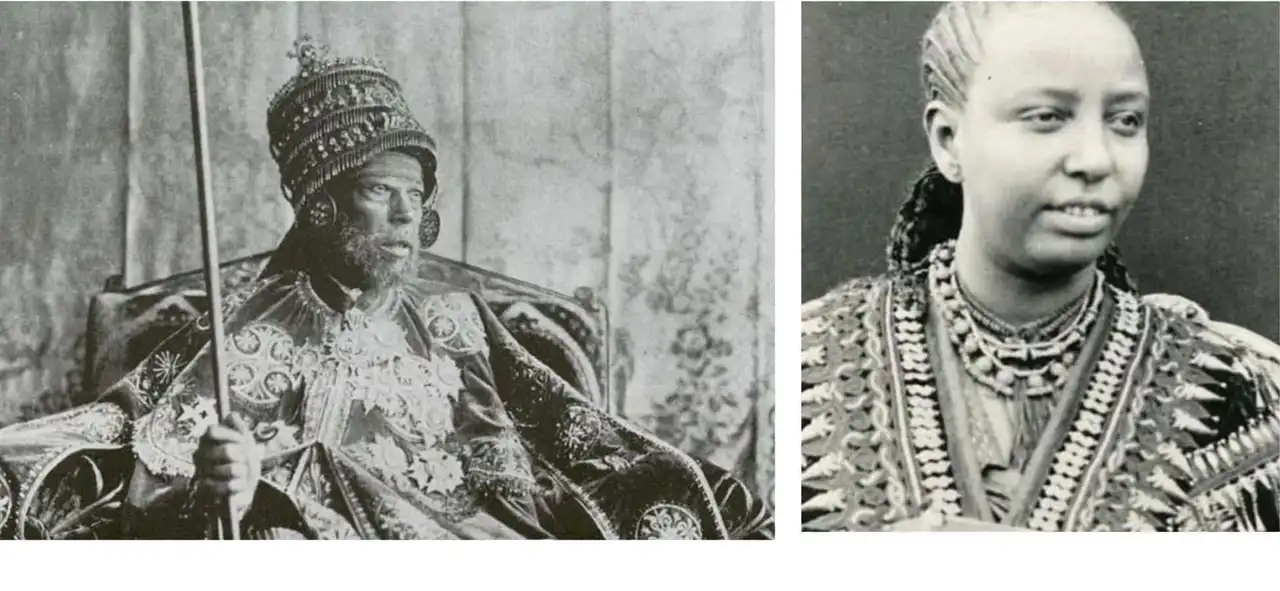
Photo credit: Instagram – subsaharanvisionary / trumatthewjames
It is here that she asks her husband to build their new palace. The decision is taken, and Menelik chooses this place to build the new city, which will bear the name of Addis Ababa, “new flower”.
Since then, the city founded by the emperor has grown steadily, in front of the Ethiopian capital in the 1960s. Today it is the true world apart from the country. Three million people crowd their soil every day, swinging between the “mercato” – Africa’s largest market – and the hyper-developed shopping centres. A particularly strange atmosphere emerges, mixing African sweets and bustle worthy of megalopolis.
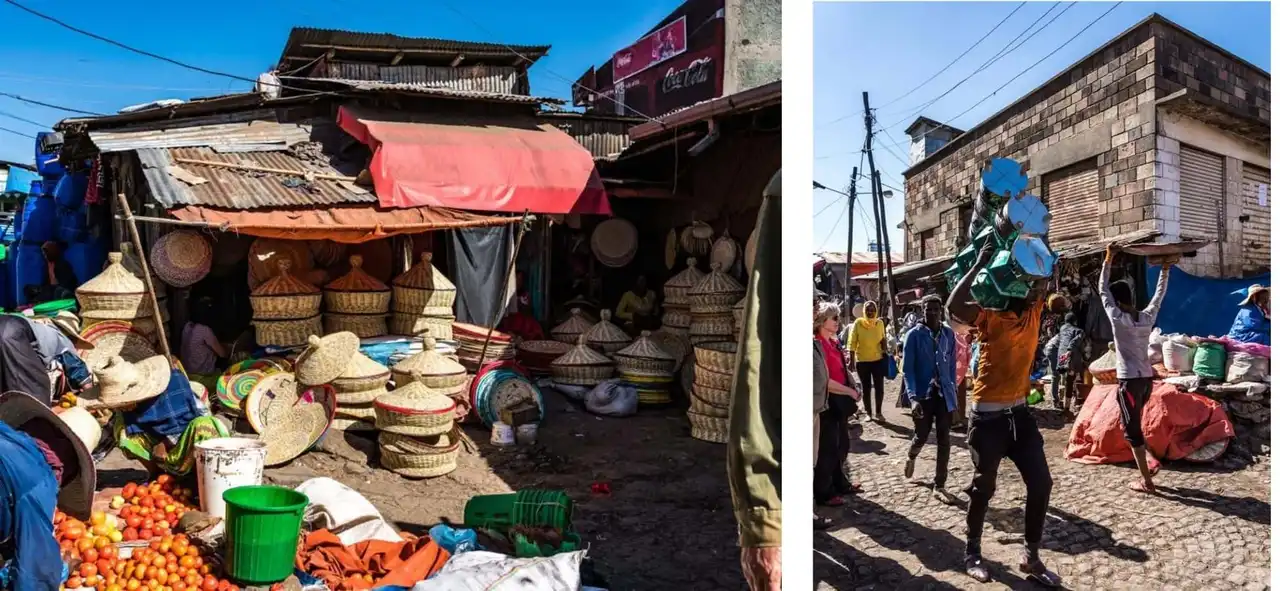
Photo credit: Shutterstock – RudiErnst
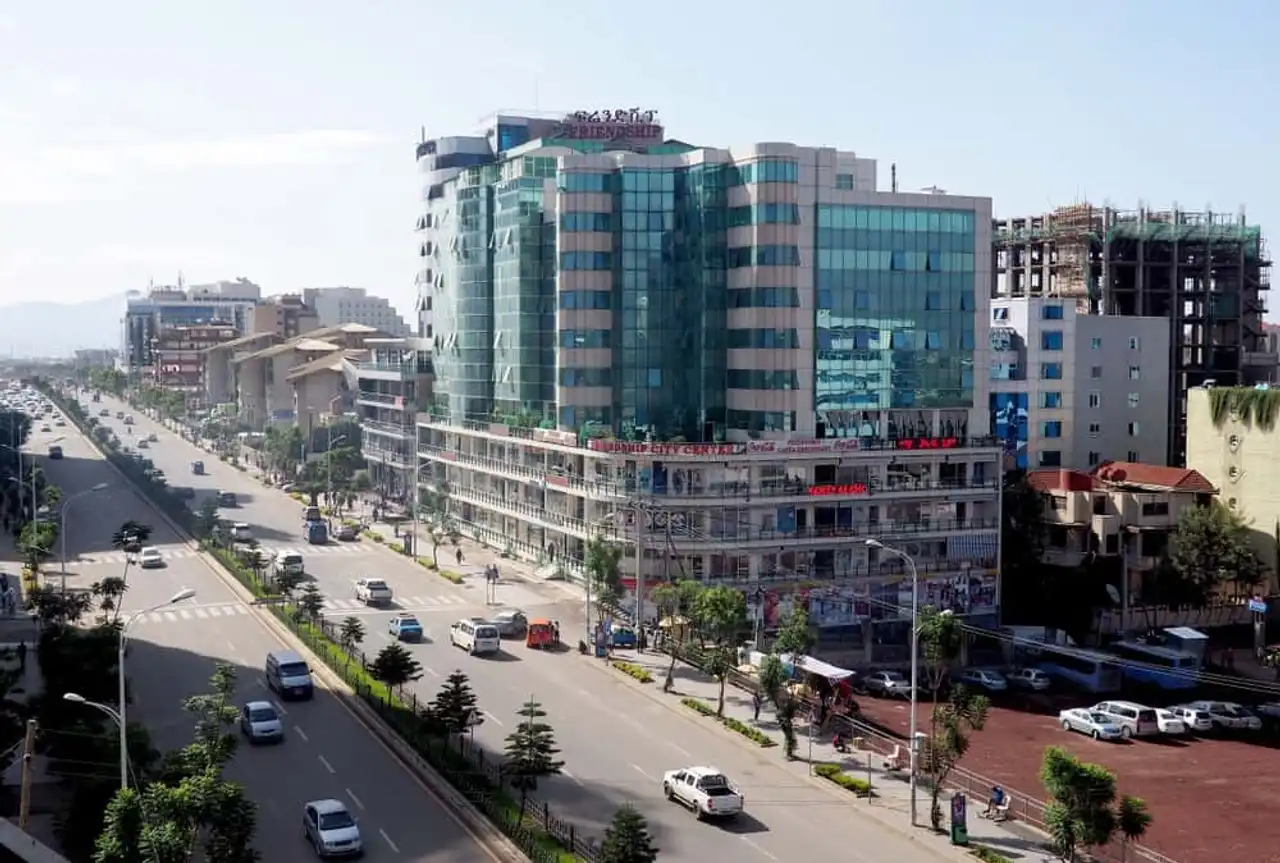
Photo credit: Shutterstock – fivepointsix
So even though Addis Ababa represents a totally different world from those so far, it is no less a small paradise. Stop and take the time to discuss with local merchants, local residents, who will tell you in turn all these beautiful stories.
You can feel the warmth of their welcome, and the desire to share the history of their country, which would not have been summed up in an article. Did you know that Ethiopia is the only African country ever to have been colonized? That their calendar is 13 months and their time zone is much different from ours?
Time is no longer hesitation, but discovery. The discovery of a unique world: Ethiopia.
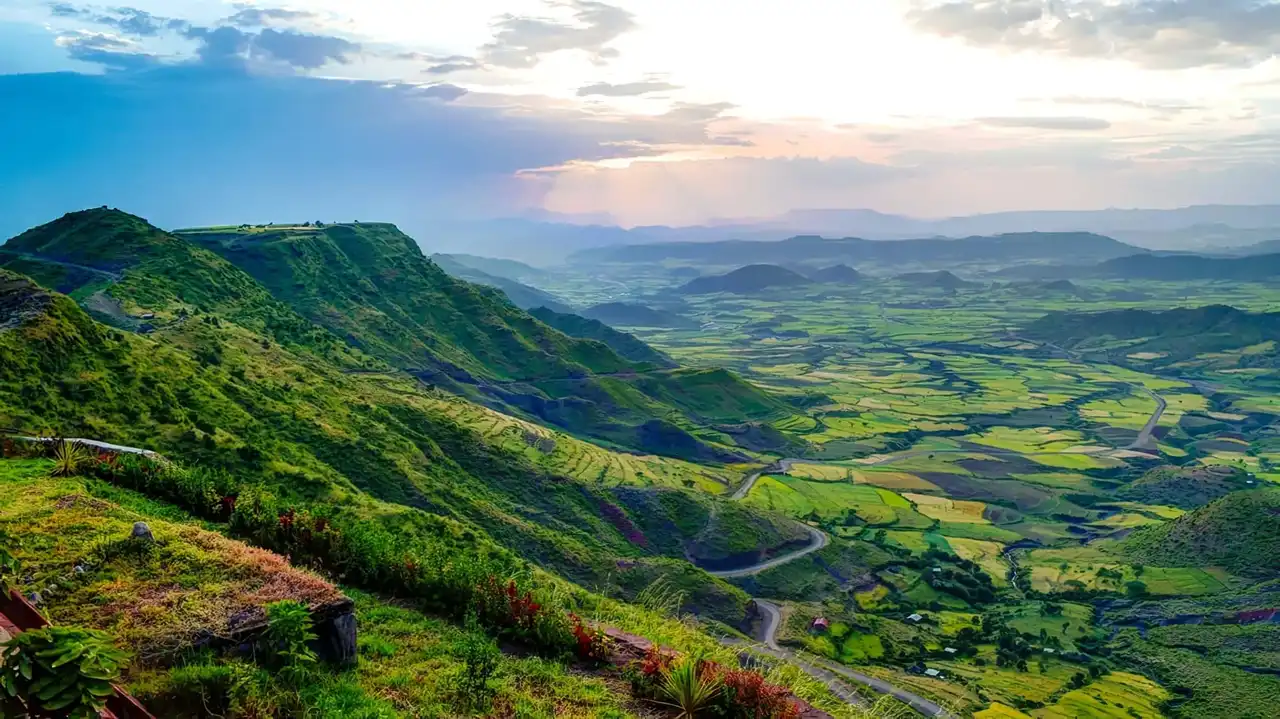







Loading comments ...